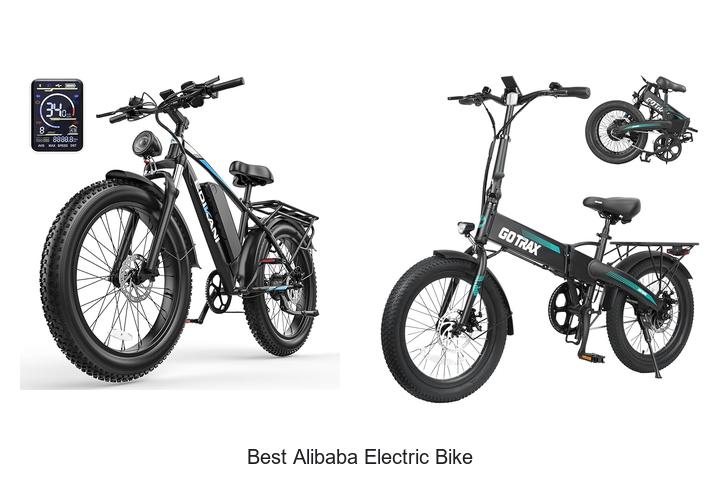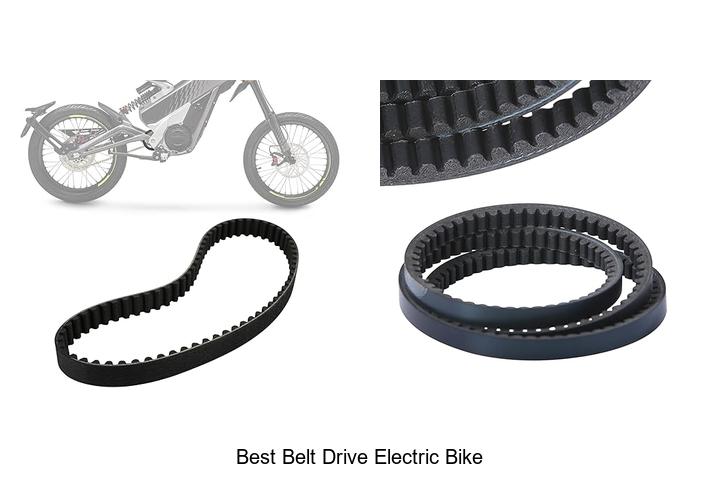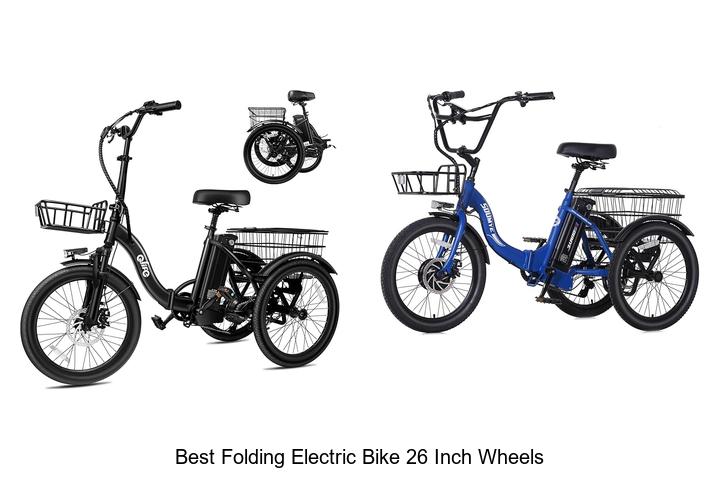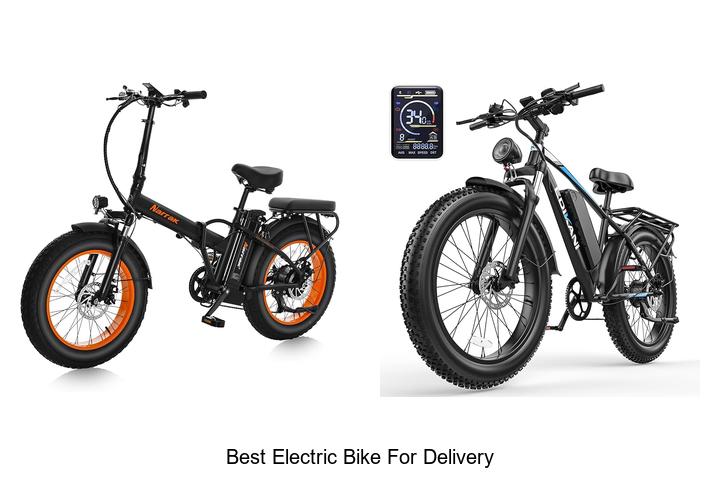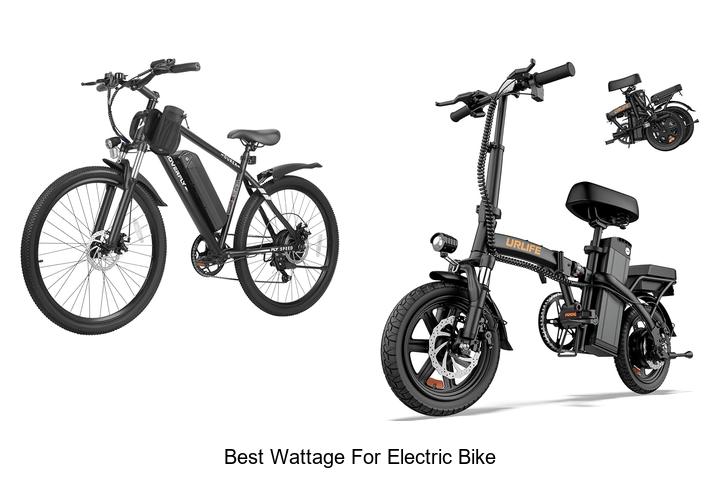How to Derestrict Electric Bike: Safe & Legal Guide
If you’re looking to boost your electric bike’s performance you might be considering how to derestrict it. Many e-bikes come with speed or power limits set by manufacturers or local regulations. While these restrictions keep things safe and legal they can also hold back your bike’s full potential.
Derestricting your electric bike means removing or adjusting these limits to unlock higher speeds or more power. It’s a popular option for riders who want a faster commute or a more thrilling ride. However you’ll want to understand the process and any legal implications before making changes to your e-bike.
In this guide you’ll discover the basics of derestricting electric bikes what tools you might need and key safety tips. With the right approach you can enhance your ride while staying informed and responsible.
Understanding Electric Bike Restrictions
Understanding electric bike restrictions helps you identify what limits affect your bike’s performance and how derestricting adjusts those limits. Key factors include speed caps, power limits, and electronic controls set by manufacturers or law.
What Does It Mean to Derestrict an Electric Bike?
Derestricting an electric bike means removing or modifying factory or regulatory limits that control its motor power or top speed. You increase speed beyond legal or manufacturer limits by adjusting components like the Electronic Control Unit (ECU), firmware, or mechanical parts such as the drivetrain. This process enhances performance but may impact warranty, safety, and legal compliance depending on your location.
Common Types of Restrictions on E-Bikes
- Speed Restrictions: Most e-bikes limit maximum assisted speed to 20 mph (32 km/h) in the US or 15.5 mph (25 km/h) in the EU for legal classification.
- Power Output Limits: Common power caps range from 250 watts to 750 watts depending on regional laws and bike class.
- Throttle and Pedal Assist Controls: Controllers regulate motor engagement and power through throttle response or pedal-assist sensors limiting acceleration.
- Mechanical Restrictions: Components like freewheel rings or chainrings may restrict speed by limiting gear ratios.
- Firmware and Software Locks: Manufacturers embed software limits inside the controller’s firmware to prevent exceeding speed or power thresholds.
You should consider these restrictions carefully before derestricting to balance improved performance against safety and legal factors.
Reasons to Consider Derestricting Your Electric Bike
Derestricting your electric bike unlocks its full potential by removing imposed limits. You gain enhanced speed, performance, and control for a tailored riding experience.
Improved Performance and Speed
Maximizing your e-bike’s speed enhances your commute efficiency and recreational enjoyment. Many electric bikes restrict speed to around 20 mph; removing that cap can increase speeds to 25 mph or more, depending on the model. Boosting power output beyond factory limits, such as 250 to 750 watts, results in quicker acceleration and better hill climbing. You access the full range of motor capabilities, making your rides faster and more responsive.
Legal and Safety Considerations
Understanding local regulations is crucial since derestricting may affect the legal classification of your bike. Most areas limit e-bike speed and power to comply with vehicle standards. Operating a derestricted bike illegally risks fines, liability in accidents, or confiscation. Safety also demands attention; higher speeds require better braking systems, enhanced protective gear, and increased rider awareness. Balancing improved performance with compliance and safety keeps your rides both enjoyable and lawful.
Methods to Derestrict an Electric Bike
Different methods exist to derestrict your electric bike, each affecting the bike’s speed and power output. Choose the method that suits your technical skill and legal considerations.
Adjusting the Speed Limiter
Adjust the speed limiter to increase the maximum assisted speed beyond factory settings. Locate the speed sensor or control unit, then modify its parameters using specific software or manual adjustments. Some bikes feature a plug-and-play speed limiter chip replacement that requires minimal technical knowledge. Keep in mind that bypassing speed limiters often involves reprogramming the firmware, which may void warranties and affect safety mechanisms.
Modifying the Controller Settings
Modify the motor controller to unlock higher power thresholds and speed caps. Access the controller either through a display interface or by connecting it to a computer with dedicated software. Change values such as power output, current limits, and speed cutoffs. This method requires understanding controller protocols and risks damaging electronics if done improperly. Some controllers support tuning apps that simplify the process with preset modes for higher performance.
Replacing or Upgrading Components
Replace or upgrade components like motors, batteries, or wiring to achieve higher speeds and power outputs physically. Install a motor with a larger wattage rating or a battery with higher voltage capacity. Upgrade wiring harnesses to handle increased current flow safely. Swapping mechanical parts such as sprockets or gear ratios can also improve acceleration and top speed. Remember that component upgrades impact battery life, bike weight, and may necessitate superior brakes and suspension for safe operation.
Tools and Precautions for Derestricting
Derestricting your electric bike requires specific tools and safety measures to ensure the process goes smoothly and safely. Using the right equipment and following precautions protects both you and your bike.
Essential Tools Needed
- Screwdrivers for opening the battery compartment and controller housing
- Allen wrenches to remove motor covers and adjust mounts
- Multimeter to check electrical connections and voltage levels
- Diagnostic cable or USB programmer compatible with your bike’s controller for firmware adjustments
- Wire cutters and strippers for modifying wiring or connectors
- Replacement connectors to secure modified wiring safely
- Laptop or smartphone with software to access and modify controller settings
- Protective gloves to prevent electric shocks and facilitate handling components
Safety Tips During the Process
- Disconnect the battery before starting to avoid electric shock and short circuits
- Work in a well-ventilated area to reduce exposure to fumes if soldering or using cleaning agents
- Avoid touching live wires or terminals unless the power is off
- Wear eye protection in case of sparks or debris during disassembly
- Follow manufacturer guidelines and use software tools recommended for your bike model
- Test all modifications incrementally to catch issues early without risking damage
- Ensure no loose wires or components remain after reassembly to prevent malfunctions
- Understand legal limits before derestricting to avoid fines or voiding your insurance coverage
Legal Implications of Derestricting Your E-Bike
Derestricting your e-bike can improve performance but raises important legal questions you must address. Understanding applicable laws and potential consequences ensures responsible modification and lawful use.
Local Laws and Regulations
Local laws control e-bike speed and power limits, typically defining a maximum assisted speed of 20 mph and a motor power cap at 750 watts in the US. Modifying your e-bike to exceed these limits changes its classification, potentially requiring registration, insurance, or a driver’s license. Some states enforce stricter rules or impose penalties for derestricted e-bikes used on public roads or bike paths. Checking the specific legal framework in your city and state before derestricting avoids fines and legal issues. Federal regulations may apply, but enforcement often depends on local authorities. If your e-bike no longer qualifies as a low-speed electric bicycle, it might be considered a motor vehicle under the law, subjecting you to additional regulations.
Potential Risks and Consequences
Derestricting your e-bike carries risks beyond legal repercussions. Your insurance policy may become void if modifications violate terms related to vehicle specifications, exposing you to financial liability in accidents. Law enforcement can issue citations or impound your e-bike if found noncompliant during road use. Increased speeds require improved braking, lighting, and safety gear; failure to upgrade these components raises accident risk. Manufacturer warranties often void after derestriction, leaving you responsible for repairs and maintenance costs. In some cases, derestricting may compromise the electrical system’s reliability, risking component damage or fire hazards. Understanding these risks helps you weigh the benefits of higher performance against safety and legal responsibility.
Conclusion
Derestricting your electric bike can unlock impressive performance gains but requires careful consideration. You need to balance the thrill of higher speeds with your safety and legal responsibilities. Taking the time to understand local regulations and preparing your bike properly will help you enjoy a smoother and more powerful ride without unnecessary risks.
Always prioritize safety gear and upgrades to your bike’s braking and suspension systems to handle increased speeds. With the right approach, you can enhance your e-bike experience confidently and responsibly.
